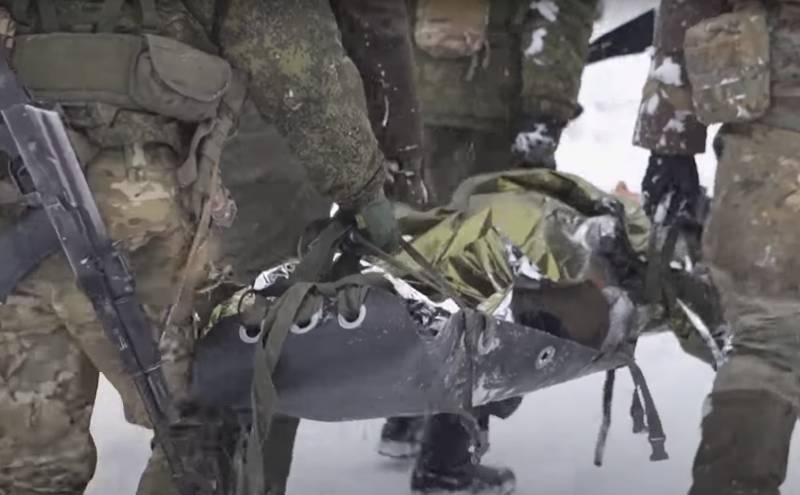Tactical medicine: not a single first-aid kit

A lot has been said and written about military doctors who, without exaggeration, work miracles. However, in the course of an armed conflict, directly on the battlefield, each of its participants at any time must be ready independently, and most importantly, to promptly provide assistance to a comrade in combat. arms or yourself.
It is for these purposes that tactical medicine exists, the basics of which are taught by both the military and special forces soldiers, as well as law enforcement officers and the Ministry of Emergency Situations. He talks about how the appropriate training is carried out in his new film "Military Acceptance".
Not a single first-aid kit in this case.
It is worth noting that tactical medicine is a very large section of specialized knowledge, the development of which takes time. Many mistakenly believe that this discipline comes down, roughly speaking, to the ability to apply a tourniquet.
By the way, the last manipulation is not so easy to do. You need to know the nuances. For example, you can not apply a tourniquet directly to the skin, it is necessary to put a cloth or manipulate it over clothing. Naturally, this measure to stop bleeding is used exclusively for wounds in the limb.
In addition, the same tourniquet of Esmarch, it is desirable to practice applying on a mannequin. Despite its “reliability”, it is still not as convenient as a turnstile. That is why many military people prefer to put the last option in the first aid kit.
Regarding the first aid kit, there are also some nuances here. In general, instructors in tactical medicine recommend completing it, as they say, "for themselves." However, there is a first aid kit that everyone should have without exception.
In particular, from the recommended: a pair of tourniquets, a sterile dressing bag, scissors, two syringes, an alcohol wipe, a tissue-based patch, an elastic bandage, and a mandatory marker to record the time the tourniquet was applied. It must be remembered that it is superimposed for no more than 2 hours in summer and 1 hour in winter.
Medications, ideally, should be selected individually, taking into account tolerability. Otherwise, you risk getting anaphylactic shock to the injury.
Information